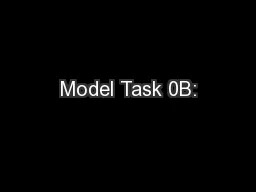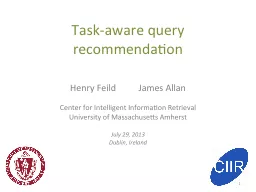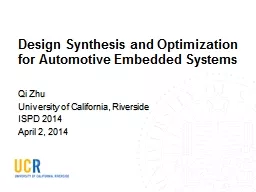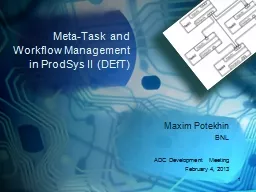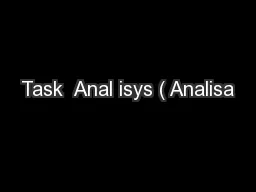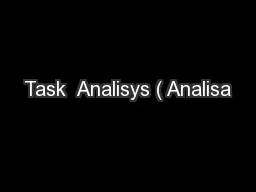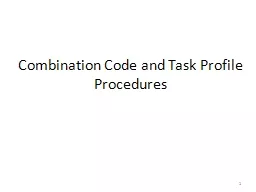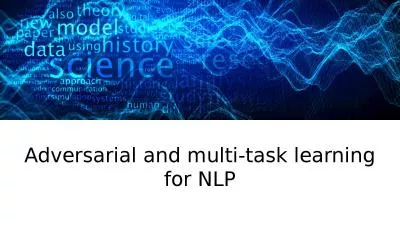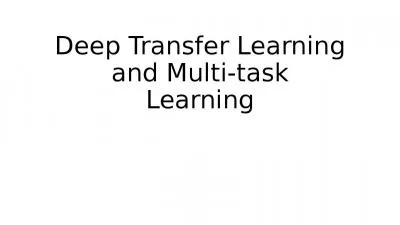PPT-Model Task 0B:
Author : pamella-moone | Published Date : 2016-05-22
Implementing different schemes ATM 562 Fall 2015 Fovell 1 Overview The upstream scheme suffers from substantial amplitude error This task modifies the 1D linear
Presentation Embed Code
Download Presentation
Download Presentation The PPT/PDF document "Model Task 0B:" is the property of its rightful owner. Permission is granted to download and print the materials on this website for personal, non-commercial use only, and to display it on your personal computer provided you do not modify the materials and that you retain all copyright notices contained in the materials. By downloading content from our website, you accept the terms of this agreement.
Model Task 0B:: Transcript
Download Rules Of Document
"Model Task 0B:"The content belongs to its owner. You may download and print it for personal use, without modification, and keep all copyright notices. By downloading, you agree to these terms.
Related Documents

